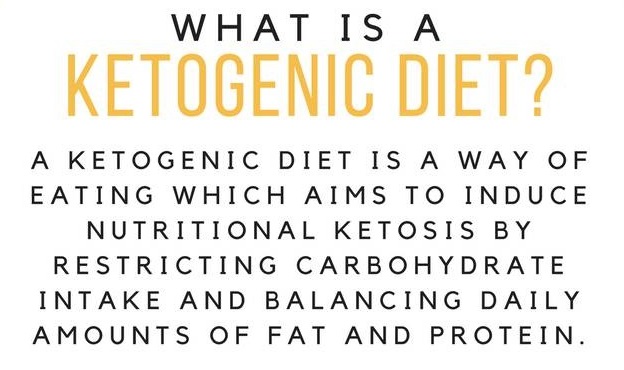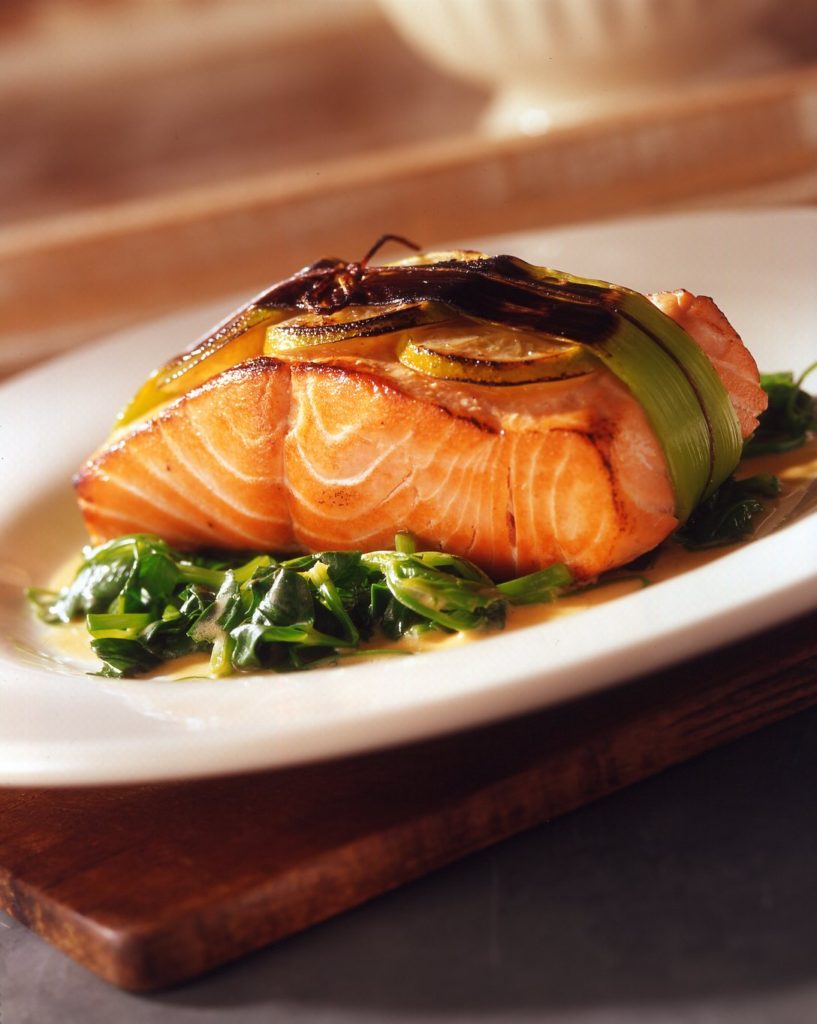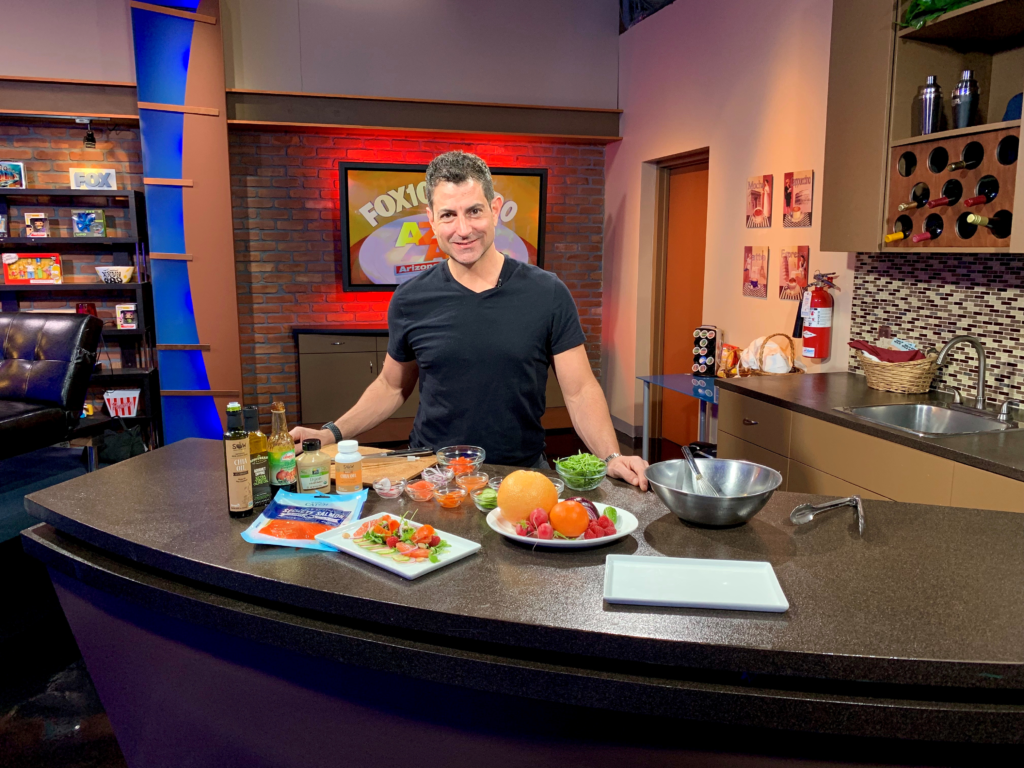
Last month, I had the opportunity to attend Wow Influencers in Boston. That event brought together bloggers and wellness brands. One of the amazing people that I met was Chef Gerard Viverito. His cooking demonstration introduced me to the concept of keto. Afterwards, we were able to talk further and he explained how keto could help—both with weight and health. His advice was so powerful, I asked him to write an article so I could share it with all my readers. He generously did, and also created a special recipe that’s perfect for the Kosher community. I know you’ll appreciate his tips like I do.
In my younger years, I was used to physically being at the top of my game. I was an athlete. I played Lacrosse in high school and college. I played tennis. I lifted weights. I skied. But like most Americans, there came a time when I started putting on a pound a year (the weight creeps up on us). Then I was laid up with Lyme Disease and my weight really ballooned! Last year, I was looking at pictures from my vacation and wondered, “Who is this person next to my beautiful wife?” I wanted a do-over.
I’ve tried nearly every diet out there—Paleo, low-fat, high-fat, Scarsdale, South Beach, Zone—and no matter what I did, my weight always bounced back up. This time, I was more motivated than ever to change, especially after learning I was prediabetic, probably because I was eating so much low-fat garbage. I was determined not to progress into Type 2 diabetes.
For me, the answer was a ketogenic diet. I’ve been following it steadily since January 1, 2018, with incredible results.
Change, of course, isn’t easy. Sugar is my favorite food group. One of the first things I did was drop desserts. I also stopped eating anything with a crunch (made with refined sugars and flours). Gone were breads, pasta, potatoes, pizza, crackers and potato chips. I began cooking with only healthy, better-for-you oils, primarily Malaysian palm oil, extra virgin olive oil and coconut oil. I started feeling a little better right away, and the pounds started coming off.
I’ve also been exercising daily. I no longer come home from work and need a 20-minute power nap. My blood sugar has leveled out. I look better and feel better.
I want to help you to feel as good as I feel.
What is keto?
I asked my friend Dr. Jonny Bowden, The Nutrition Myth Buster, to give me a clear definition of what happens on a ketogenic diet. Here’s what he told me: “The body basically has two fuels it can use to power what you need to do: fats (fatty acids) and carbs (sugar/glucose). The trick is to use as much fat as you can and leave the sugar for emergencies. But that’s not exactly how it works in real life.
“Your body can store a maximum of 1800 to 2000 calories worth of carbs. But you can store an infinite amount of calories as fat. Many people are sugar burners: they’re better at burning sugar than they are fat. It’s like having a fortune in the bank, but not having access to the ATM code. Burning mostly sugar calories doesn’t help with weight loss, and sugar is not a sustainable source of energy.
“You want to be a better butter burner. You want to be really good at accessing and using what’s in your fat calorie ATM. When you stop eating sugar completely, eventually you’ll use up those 2000 calories you have stored. When there’s no glucose around, your body has to switch fuel sources and begin using fat calories for fuel. This is what’s known as nutritional ketosis. (This is not the same thing as diabetic ketoacidosis!) As your body metabolizes fat, it produces ketones which are a great source of energy for your heart, brain and muscles.
“The ketogenic diet is extremely low in carbs. It is a way to force your body to use fat as its predominant fuel.”
Jonny confirmed that it takes about 10 days to adapt to a keto diet. There’s an interim period when you may not feel the best, which is nicknamed the “keto flu.” People who get through it will feel great afterward.
He also confirmed that you can get about 90 percent of the metabolic advantages of a keto diet by “flirting” with ketosis or doing what’s called keto cycling. That’s partly because when you eat a diet that’s higher in fat, you are consuming the one macronutrient that doesn’t raise your hunger hormone or stimulate your fat-storage hormone.
Keto Cycling / Flirting with Keto
Although there are a lot of keto products on the market, it can be hard to stay on the keto diet. This is not Atkins, which doesn’t demand that you stay in ketosis. And it’s easy to make the mistake of eating a higher ratio of protein than fat, which can knock your body out of nutritional ketosis. If staying on keto full time is too demanding, there are a few options that might work for you.
- Intermittent fasting: This is a way to dip your toe into the keto world. If you go on an 18-hour fast, you can stimulate ketosis. Ideally your body will be running on fat calories (ketones). Then maybe try a keto cleanse, which is basically following the keto diet for a few days or weeks.
- Cycling with keto: A lot of keto advocates are into this. They follow a ketogenic diet for three to four weeks, a few times a year. It can be very therapeutic. Think of keto cycling as hitting the reset button on your metabolism. It helps jumpstart your weight loss.
Additional keto tips and strategies
- Don’t fall for the water weight myth: Some people will tell you that the first pounds you drop when you stop eating carbs are nothing but water weight. Studies now show there’s some fat in there as well!
- Be discriminating about which fats you eat: As Jonny put it: Your body doesn’t care if you’re eating corn oil that’s been refried 25 times. It will still raise your ketones. But junky, unhealthy fats will just wreck your health in other ways. For one thing: They can increase inflammation. You don’t get a free pass. I use Malaysian palm oil for cooking. It is cholesterol and flavor neutral, it stands up well to high heat, and it contains nutrients such as vitamin E tocotrienols that are good for your heart, brain and liver. Stay away from corn oil, sunflower oil and safflower oil.
- Track your dietary fiber intake: One of the drawbacks to a keto diet is that it is low in dietary fiber. This can be a problem since most Americans are already fiber deficient. Consider supplementing with a high-quality fiber supplement, such as Regular Girl, that won’t cause extra gas or bloating. I like Regular Girl because it’s odor-free, taste-free and won’t change the consistency of whatever I’m cooking. I can add it to just about any recipe.
- Distract yourself when cravings hit: There’s a lot of mental stuff going on in the beginning. I missed my treats and food rewards. A lot of success with any change in your eating patterns is getting out of your mental routine. Rest assured, it does gets easier over time.
I’ve never had as much energy as I’ve had since starting the keto diet. This is achievable. I’m a parent, teacher and businessman. I’m training for triathlons. I’m losing weight. And I’m gaining muscle at age 48, an age when people typically lose muscle mass. There’s a lot to be said for all of this.

Here is a recipe that’s both Keto and Kosher friendly:
Sauteéd Salmon with Ginger-Scented Roasted Carrot Coulis and Baby Bok Choy
Salmon:
4 salmon fillets
1 tablespoon sustainable Malaysian red palm oil
1 lemon, sliced into 8 rounds
1 leek, green leaves cut into 1/8-inch strips, blanched in hot water to wilt
Coulis:
4 carrots, peeled and diced
4 tablespoons of ginger, minced
1/2 teaspoon chopped garlic
1 1/2 quarts fish stock
Bok Choy:
10 bunches baby bok choy, washed
1 tablespoon butter
1/2 teaspoon chopped garlic
freshly ground black pepper
In a saucepan add oil, carrots and ginger. Sauté until lightly browned. Add stock and cook for 45 minutes or until carrots are very soft. Puree mixture with a stick blender, strain through a sieve and reserve.
Lay two slices of lemon on each salmon fillet and tie with leek green. Season the salmon with salt and pepper.
Heat a sauté pan with oil until the pan is smoking and sauté the salmon until brown on each side.
Sauté baby bok choy in a hot pan with the garlic and butter until wilted. Place the salmon on a mound of the bok choy and spoon the puree sauce around the fish.
This meal will comfortably feed four people.

About the Author:
Chef Gerard Viverito, is a culinary instructor and Director of Culinary Education for Passionfish, a NGO non-profit organization dedicated to educating people around the globe on the issue of sustainability in the seas. He is also operator of Saveur Fine Catering, a company whose beliefs and products center on local, sustainable and organic foods.
Chef Viverito’s pantry is loaded with items commonly overlooked in the supermarkets, yet he has a thorough understanding of them and a passion to teach others how to cook more healthfully. In addition, he has dedicated a large part of his career to what he terms “functional cooking.” This is where he adds nutritional ingredients to dishes to gain healthful results. He is well known for his ability to lower the glycemic index value of food, add omega fatty acids, and whole proteins to dishes without compromising the texture or taste. He appears regularly on radio and television programs and also consults for clients.
Find him at ChefGerard.com

Chef is right. I lost over 120 lbs doing keto. This is the first summer in over 30 years that I am not afraid to go swimming.
120 POUNDS? Oh my, I can’t even imagine that! It must be like a whole new life?
Interesting.
That’s so informative, I’ve been wondering about this diet I’ve been seeing everywhere!
This was a great read since I’m starting the diet on Monday. So excited and hopeful for this life style change.
So far, I’m having good results! How is it working for you?